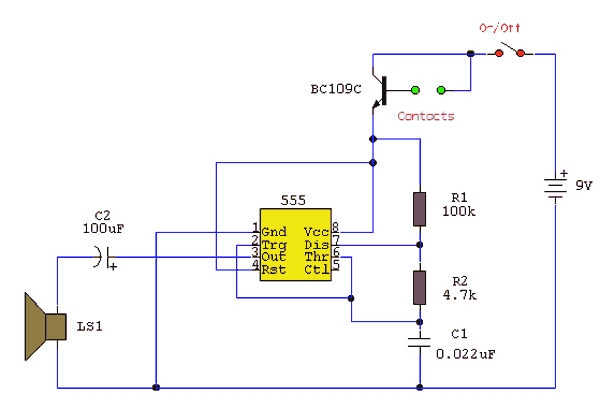BCHurricane89
Member
yeah, i think im gonna build the little one I posted, seems easier, yet I dont know what type of buzzer/speaker to use. I bought a 12V piezo siren from radioshack, but its loud even with a 9volt - I just hope those resistors wont limit the siren. The second observation I noticed it the transistors...it looks like there is 2 of them, or am I mistaken, I dont quite understand. but from the actual circuit (which I found online), I only see 1.
Here is the completed circuit, but im not gonna make the fancy PCB, ill just use wires for the probes, and a radioshack board.
**broken link removed**
Here is the completed circuit, but im not gonna make the fancy PCB, ill just use wires for the probes, and a radioshack board.
**broken link removed**
Last edited:


